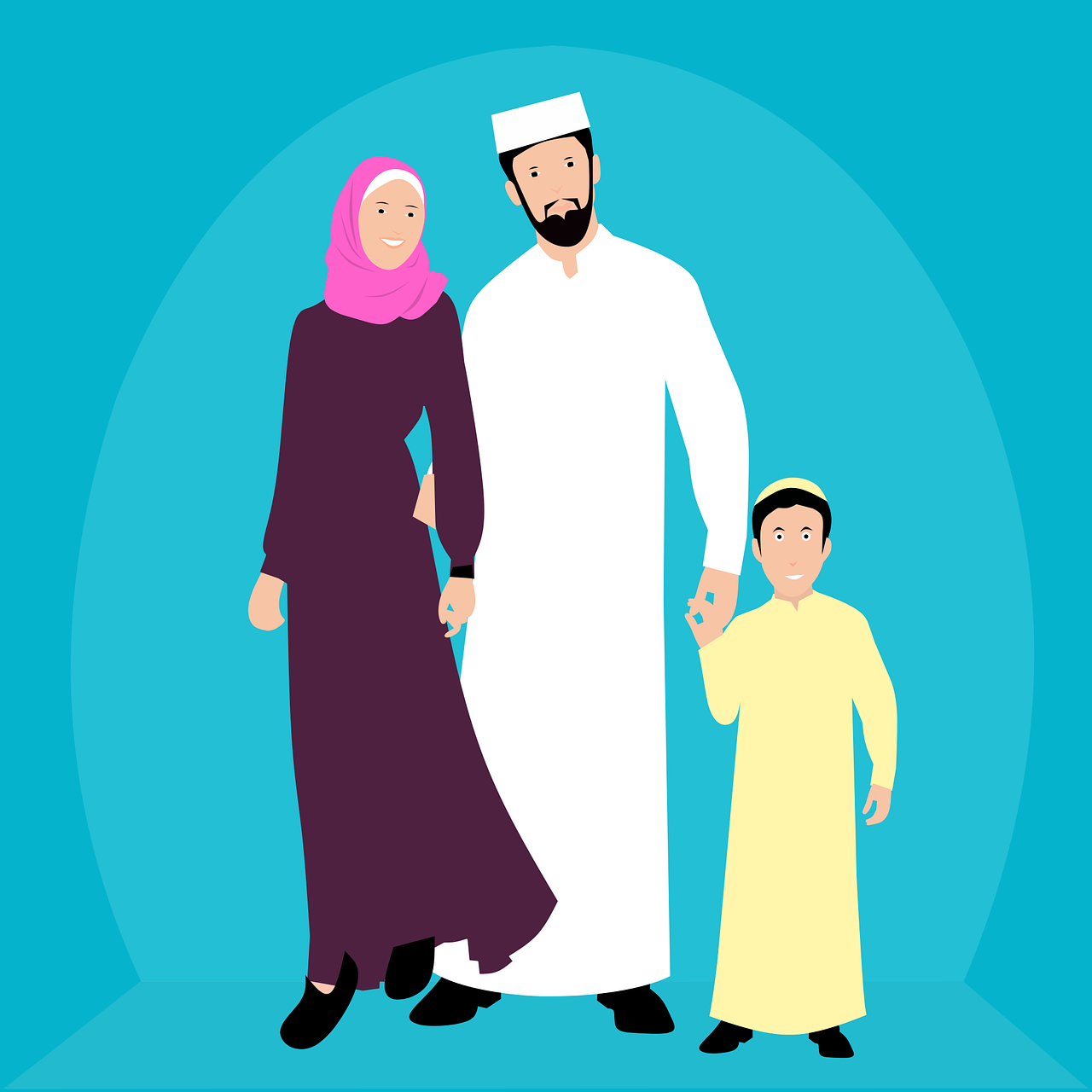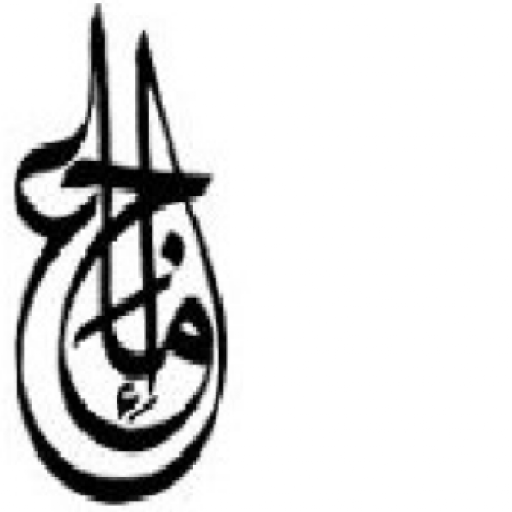
Awrah in Islam refers to the parts of the body that should be covered in public or in the presence of others. It is a concept rooted in modesty and respect. Here are some key points about awrah:
-
Definition: Awrah (Arabic: عورة) represents the area or part of the body that must be concealed with appropriate clothing. It is often translated as “nakedness” or the “area of the body that must be covered” 1.
-
For Men: Most modern Islamic scholars agree that the ‘awrah of a man is the area between the navel and the knees. This means that a man should cover this region when in public or during prayer 2.
-
For Women: The ‘awrah of a woman is more extensive. It includes the entire body except for the face, hands, and feet. These parts are considered permissible to be visible. However, exposing the ‘awrah of the body beyond these exceptions is unlawful in Islam 2.
-
Quranic References: The Quran addresses the concept of awrah several times. For instance, Surah An-Nur and Surah Al-Ahzab discuss privacy and modesty. The Quran emphasizes the need for covering the ‘awrah during the ritual prayer (Salat) 2.
In summary, awrah serves as a guideline for appropriate dress and behavior, promoting modesty and dignity in both men and women.
